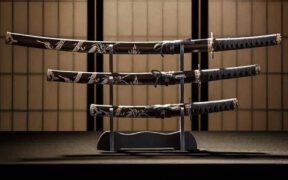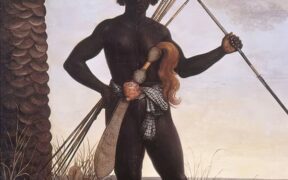Our content features commercial links to our products, committed to transparent, unbiased, and informed editorial recommendations. Learn More
10 Types of Short Swords and Blades: A Comprehensive Guide
NO AI USED This Article has been written and edited by our team with no help of the AI
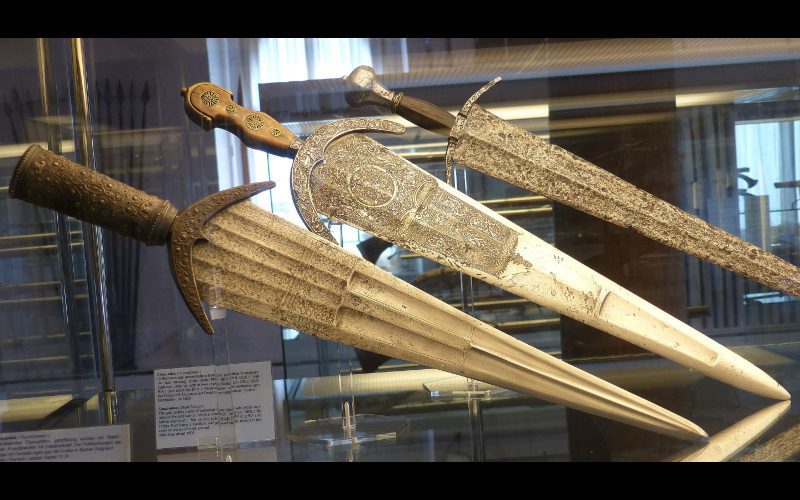
Almost every culture has its own version of a short sword. Serving as a sidearm and backup weapon for the long sword, the short sword was more efficient in close-quarters combat.
In the 19th century, this term was used to refer to shorter one-handed swords or the arming swords of the medieval knights.
This article explores the different types of short swords from various cultures, brief history, and characteristics.
What is a Short Sword?
The term “short sword” is a modern label without a standard definition. Ranging from 12 – 24 inches (30 – 60 centimeters), the blade length of short swords were limited by the type of steel, swordsmith skills, and technology. However, the measurements can vary, as seen in the arming sword.
Short swords as a category have fascinated collectors and historians. Valued for their expert designs, compact length, and versatility, there have been many throughout history.
Today, these types of swords remain relevant be it for martial arts, live action role playing (LARP), or re-enactments, reflecting their enduring appeal and multifaceted uses across various cultures and activities.
1. Xiphos (Greece)
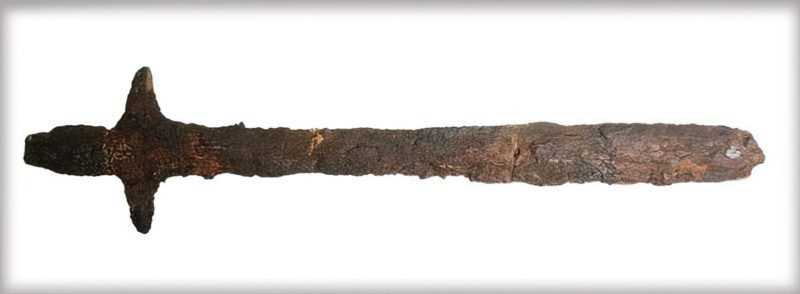
The Greek term xiphos is just a generic term for a sword, but it became associated with the ancestral sword the Romans used before the gladius.
Made from bronze or Chalcidian steel, the xiphos existed before the Greek hoplite era and served as a secondary weapon to their spear. Due to its shorter length, it was carried in a sheath under the left arm.
- Design Purpose : Cut and thrust, close combat
- Characteristics : Double edged leaf shaped blade with a central ridge
- Blade length : Average 19.7 – 23.6 inches (50 – 60 centimeters) with some examples as short as 11.8 inches (30 centimeters)
2. Kopis (Greece)
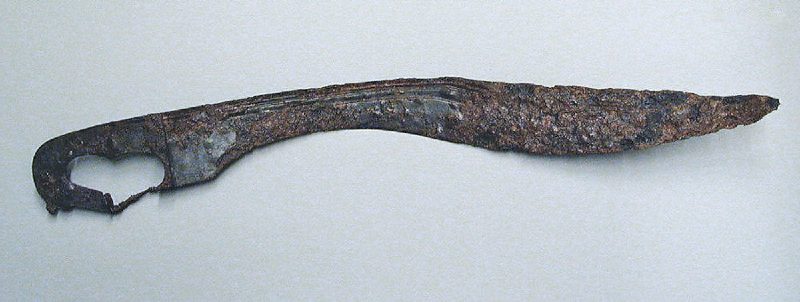
When the spear broke during fighting, the Greek hoplites utilized the kopis to deliver a blow with the same power as the ax.
Due to its design, it is often compared to the Nepalese kukri and the Iberian falcata. Modern scholars sometimes distinguish the kopis from its variant machaira, which resembles a machete with a straight back and swelling near the tip.
- Design Purpose : Slashing, one-handed, mounted warfare
- Characteristics : Single edged forward curving blade
- Blade length : 18.9 – 25.6 inches (48 – 65 centimeters)
3. Gladius (Rome)
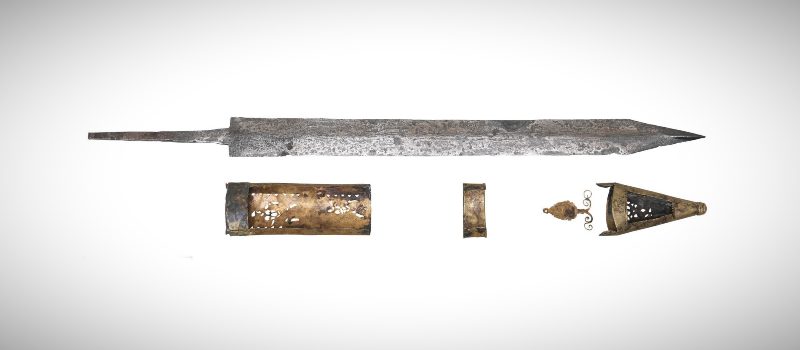
During the Punic Wars, the Iberians serving Hannibal used short swords which had an advantage over longer swords.
This resulted in the Roman legions adopting the weapon. Its earliest type was the gladius Hispaniensis, inspired by the antenna sword of the Celtic people.
On the battlefield, the leader leads the attack, followed by gladius-wielding soldiers, and then the spearmen. By the 2nd century CE, the Roman cavalry spatha replaced the short sword.
- Design Purpose : Stabbing
- Characteristics : Double edged blade, parallel cutting edges, triangular tip
- Blade length : Earlier gladius had longer blades, but Pompeii gladius average around 16.5 – 21.7 inches (42 – 55 centimeters)
4. Falcata (Iberian)
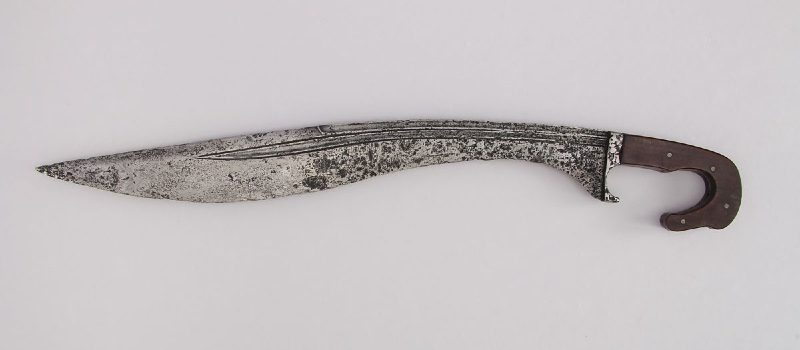
During the Roman conquest of the Iberian Peninsula, the Iberian warriors including the Celtic and Lusitani people wielded the falcata. It is unnaturally heavy near the tip, making it capable of delivering a lethal blow.
- Design Purpose : Chopping
- Characteristics : Mostly single edged curved blade, some are double edged
- Overall length :
- Iberian falcata – 23.6 – 27.6 inches (60 – 70 centimeters)
- Lusitanian falcata – 15.8 – 19.7 inches (40 – 50 centimeters)
5. Sax (Viking)
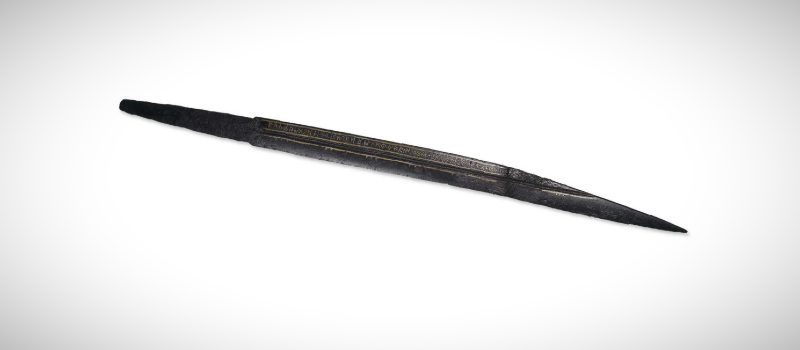
The Viking sax is a fighting knife that is larger and heavier than most modern knives. When comparing their fighting knife and long knife, it is believed that the former only had a wooden handle while the latter featured a crossguard.
For this reason, the sax is likely to have only been used defensively. The Anglo-Saxons also used the sax, sometimes spelled seax as their fighting knife.
- Design Purpose : Cutting and thrusting, multipurpose – combat and hunting, ideal in tight formations
- Characteristics : Broad, heavy blade with sharply angled tip. Can be gradually tapering to the tip or with pronounced curve
- Blade length : 11.8 – 23.6 inches (30 – 60 centimeters)
6. Arming Sword
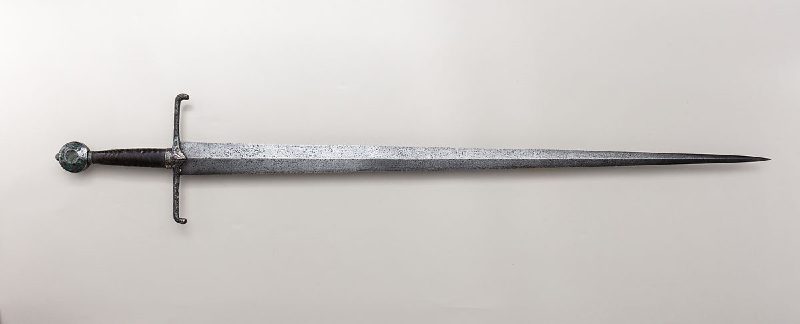
The arming sword or knightly sword was the weapon of choice for the medieval knight.
Well balanced, it featured a wheel pommel to counterweight the blade and a simple crossguard to protect the user’s hand.
Many erroneously call the arming sword a short sword to distinguish it from the longsword with a longer handle, which allows the use of two hands. However, its blade often had the same length as the typical longsword.
- Design Purpose : Single handed, cutting, status symbol
- Characteristics : Straight double edged blade
- Blade length : 27.6 – 31.5 inches (70 – 80 centimeters)
7. Wakizashi (Japan)
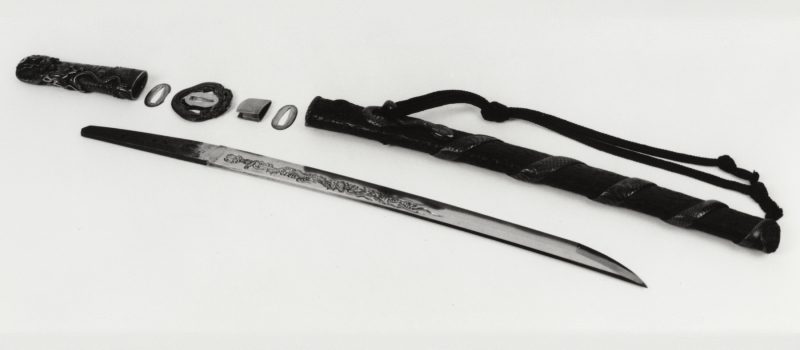
When Japan was in constant war, the samurai carried the shorter wakizashi and the longer samurai sword, the katana. This pairing is known as daisho, exclusive to the samurai class. When a warrior enters a public building, the katana is left by the door but is permitted to carry the wakizashi.
Those who were not samurai including the farmers, merchants, and craftsmen utilized the short sword as a self-defense weapon.
- Design Purpose : Secondary weapon, close quarter combat, seppuku
- Characteristics : Curved single edged blade
- Blade length : 17.7 inches (45 cm)
8. Baselard
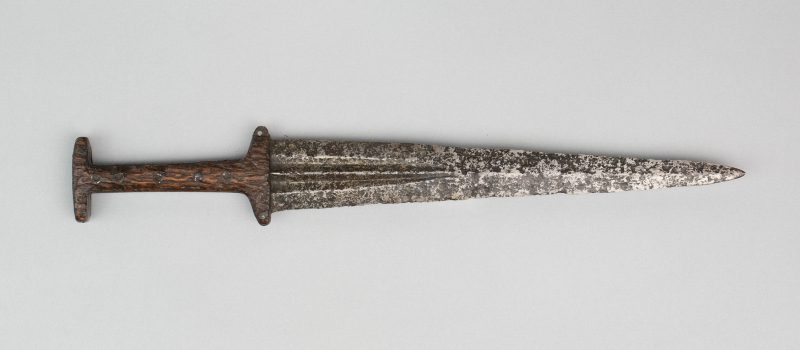
The Middle Ages were rough times as citizens were often robbed and attacked. A late medieval short sword, the baselard was worn by priests, merchants, and knights in civilian dress.
Although most recognized for its H-shaped hilt, some 13th and 14th-century examples usually had a straight hilt without a hand guard.
- Design Purpose : Self defense
- Characteristics : H-shaped hilt
- Blade length : Ranging between a long dagger and short sword.
9. Katzbalger
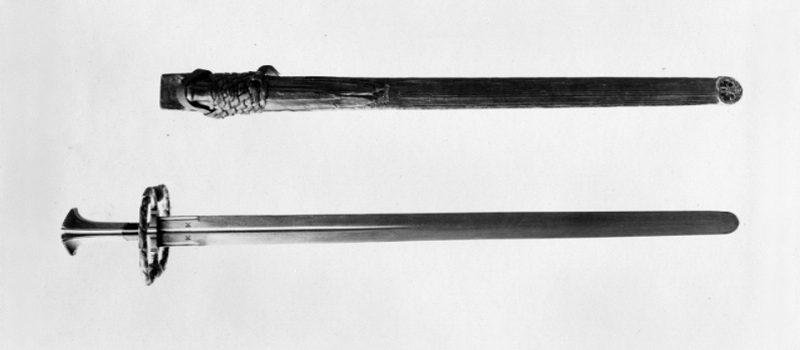
A short Renaissance arming sword with an S-shaped or figure-8-shaped guard, the katzbalger was carried by the Swiss and German foot soldiers. It also became the signature blade of the German Landsknechts, used by the pikemen, crossbowmen, and archers.
The term katzbalger likely comes from the Middle High German verb balgen (to brawl) while katz is likely a corruption of the word kurz (short).
In some interpretations, the name probably comes from traditionally carrying a sword without a scabbard, only held by a cat’s skin. The German katz means cat, while balg refers to the fur or skin of an animal.
- Design Purpose : Principal sidearm, slashing in close quarters
- Characteristics : Short double edged blade
10. Cutlass
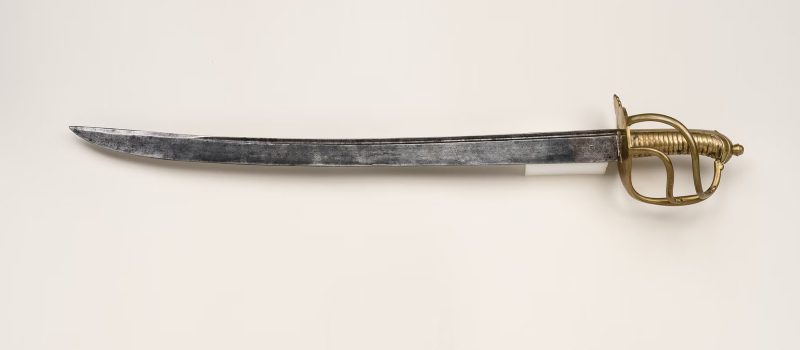
The cutlass’s name comes from the Latin cultellus (short sword) and usually had a cup-shaped guard. During the age of fighting sail, the cutlass was efficient in combat and cutting heavy ropes and rigging.
It served as the official weapon of the U.S. Navy until 1949. Today, it remains relevant on certain occasions where it is carried by Royal Navy officers.
- Design Purpose : Hand-to-hand combat at sea, close combat, multipurpose
- Characteristics : Short, broad saber, slightly curved blade
- Blade length : Over 19.7 inches (50 centimeters)

